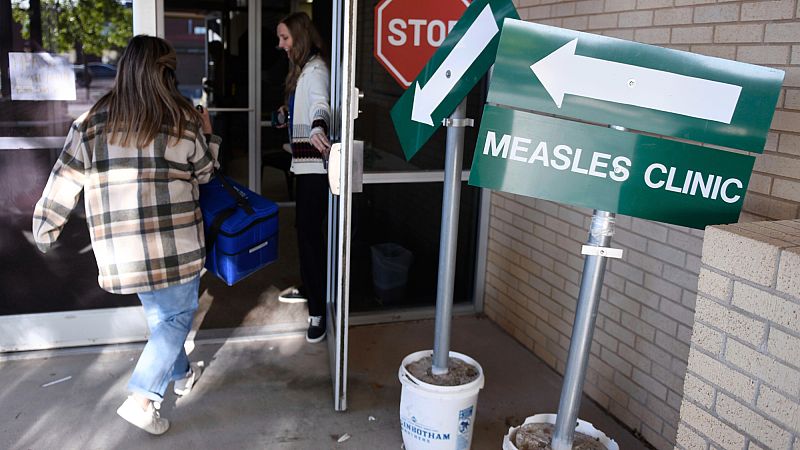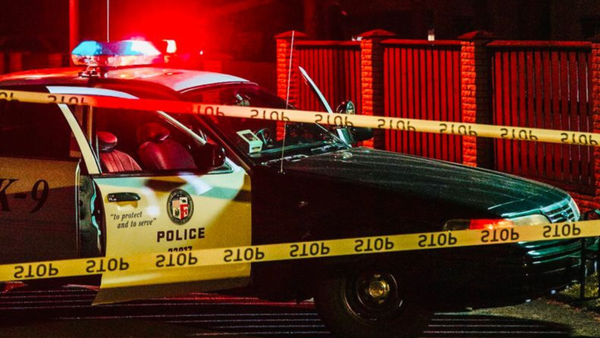
The United States is having its worst year for measles spread in more than three decades.
The national case count reached 1,288 on Wednesday, according to the US Centers for Disease Control and Prevention (CDC), though public health experts say the true figure may be higher.
The CDC's count is 14 infections higher than 2019, when the US almost lost its status of having eliminated the vaccine-preventable illness – something that could happen this year if the virus spreads without stopping for 12 months.
But the US is still far from 1991, when there were 9,643 confirmed cases.
In a short statement, the federal government said that the CDC “continues to recommend (measles, mumps and rubella) vaccines as the best way to protect against measles”.
It also said it is “supporting community efforts” to tamp down ongoing outbreaks as requested.
Fourteen states have active outbreaks; four other states' outbreaks have ended. The largest outbreak started five months ago in undervaccinated communities in West Texas.
Three people have died – two children in Texas and an adult in New Mexico – and dozens of people have been hospitalized across the US.
“What concerned me early on in this outbreak was is it spreading to other parts of the United States, and that’s definitely what’s happening now,” said Katherine Wells, the public health director from Lubbock County in Texas.
In 2000, the World Health Organization (WHO) and CDC said measles had been eliminated from the US. But continuing vaccine hesitancy could threaten that status.
“What we’re seeing with measles is a little bit of a ‘canary in a coal mine,’” said Lauren Gardner, leader of Johns Hopkins University’s independent measles and COVID-19 tracking databases. “It’s indicative of a problem that we know exists with vaccination attitudes in this county and just, I think, likely to get worse”.







